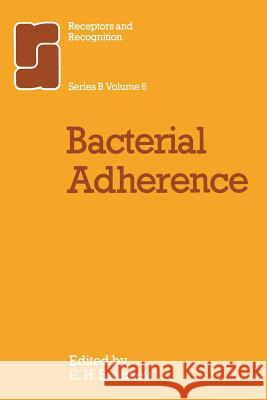Bacterial Adherence » książka
Bacterial Adherence
ISBN-13: 9789400958654 / Angielski / Miękka / 2011 / 466 str.
Bacteria adhere to and colonize almost any surface. Within minutes after sub merging a solid object in seawater or freshwater, the surface becomes colonized by adherent micro-organisms, and the earliest organisms to adhere are bacteria. Adherent colonies of bacteria have also been observed on particles of sand, soil, other bacteria, plant tissues, and a variety of animal tissues. Shortly after birth, the skin and the mucosal surfaces of the upper respiratory tract and the gastro intestinal tract of animals and man become heavily colonized by a variety of adherent bacteria which persist in varying numbers as indigenous parasites. The apparent symbiotic balance between the host and his indigenous parasites oc casionally is upset by the invasion of harmful bacteria which adhere to and colonize these surfaces. Pathogenic bacteria may also adhere to and colonize normally sterile surfaces such as the mucosa of the genito-urinary tract and the lower respiratory tract, and occasionally even endothelial surfaces of the cardiovascular system, resulting in the development of serious infectious diseases. Although marine microbiologists have been aware for a long time that bacteria must stick to surfaces in order to avoid being swept away by moving streams of water, not until recently has it been widely recognized that adherence must be an important ecological determinant in the colonization of specific sites in plants and animals, and in particular an important early event in the pathogenesis of bacterial infections in animals and man. It is true that Dr G."











